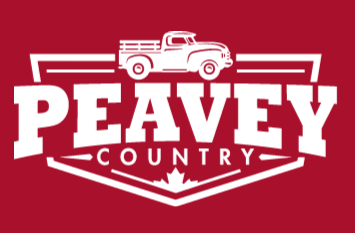Remember, when foraging, you should bring a guide in a phone app or book. While a surprising amount of vegetation is edile in our landscape, a large portion is dangerous.
Mushrooms
These are always best discovered in the fall due to the excess moisture and cooler temperatures. Keep in mind mushrooms can be deadly if identified incorrectly & therefore use caution. Some edible mushrooms found in Canada include:
- Chanterelle Mushrooms
- Chicken of the Woods
- Maitake
- Shaggy Mane
For foliage harvesting in the fall, we are limited to mostly trees and in particular, conifer needles. Conifer needles are edible regardless of the tree type; one exception would be the Yew tree. These can be made into teas, cough syrups, and even soap! The flavours between tress can vary, so feel free to mix and match pines.
Using birch is also valuable and rich in micronutrients. The smaller branches can be used as teas, and the wood under the bark can be used for flour! The best part is that you can harvest a small amount from several trees every year, and the tree will survive just fine. Doing this in the fall will help ensure disease and such do not set in.
Nuts such as acorns are always an obvious choice. But did you know juniper berries are also edible? They are commonly used as a spice in cooking or drinks. They can be used whole or ground up after being dried. For more on drying herbs, be sure to check out our other blog post. Juniper can also be fermented and used as yeast in bread making.
Roots
We generally see people talk about tuber harvesting early in the year. But the roots usually are larger in the fall, making your harvest more worthwhile. Some of the more common ones include dandelions & wild horseradish. Both of these have many benefits, both medicinally and nutrition-wise.
Fruits
These are abundant in the fall season; the obvious choices are things such as crab apples, pears, grapes, and cranberries. But did you know things such as high bush cranberries and rose hips are also edible?
The rosehips and highbush cranberries are most tasty after the first heavy frost. This means you should wait to harvest these until the chill of winter has set in. You will know if they haven’t received enough frost if they still taste bitter.
One of my favourite recipes is rosehip jam. It’s not only unique in flavour but also provides a large array of nutrients. I also find rosehips to be readily available across Canada regardless of location. Rosehips can be found in the prairies, boreal first, and the shield.
Recipe For Rosehips Jam
2 quarts rose hips
6 cups water
1/2 cup fresh squeezed lemon juice
1 package SureJell pectin
1/4 teaspoon softened butter
3 1/2 cups sugar
Step 1. Rinse and trim off any dead bits.
Step 2. Boil the rose hips in 6 cups of water until they are mashable. This generally takes an hour.
Step 3. Mash the rose hips and strain just the liquid out into a bowl. You want to ensure very little rosehip bits end up in the mix. These can cause a bitter taste.
Step 4. You should be left with 3 cups of juice. If you have less than that, add some water. From there, place the rosehip juice in a large, wide pot. Add the lemon juice and pectin. Bring to a boil, dissolving all of the pectin.
Step 5. Add the sugar. Once the sugar has dissolved, add the butter. And bring it to a hard rolling boil.
Step 6. Sanitize your jars and pour in the juice, leaving a ¼†of headroom.
Step 7. The last step is too simple to water bath can them for 10 mins.









